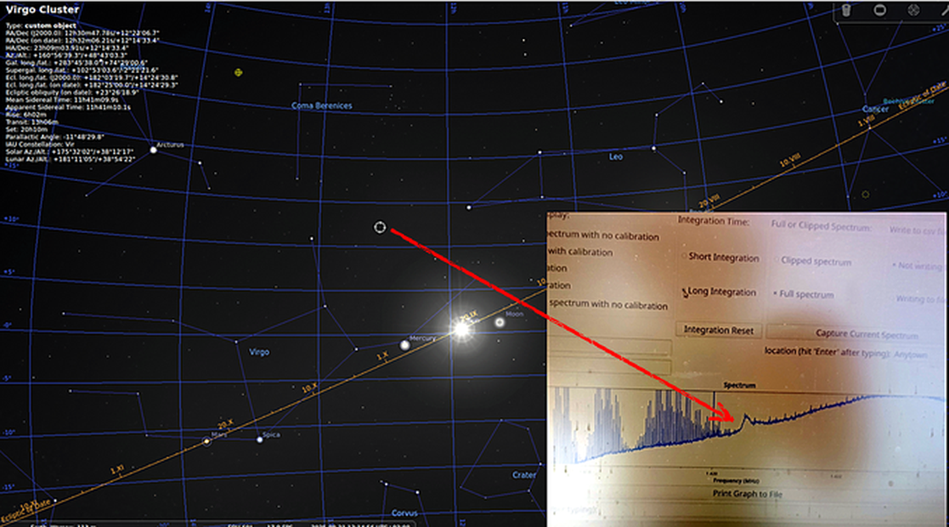In December 2023 at a scientific outreach talk (in Polish) in "Spotkania z astronomia" cycle in CAMK, we presented some new developments in the amateur radio astronomy and the project of building a small radio telescope.
In the first phase of our CAMK Small Radio Telescope project we built a small horn antenna in the CAMK workshop from the old advertisement board and purchased the basic electronic equipment: 8 and 12 bit receivers, low noise amplifiers (one narrow band with filters for H1 line and the other wide band; all together for less than 2000 PLN, about 450 EUR, of which most, 250 eur, was for the 12-bit "Airspy" receiver. The cheaper, 8-bit Nooelec receiver is sufficient for obtaining the H1 line, but for the rather electromagnetically noisy city it is easier to work with the 12-bit one.).


We first presented the completed horn antenna at CAMK Open day and at
the Science Festival in 2024. We observed the 21cm neutral hydrogen line
in our Galaxy.


We prepared the informative leaflet (both in Polish and English), which was dispatched in public events and online, with the detailed instruction for building the telescope.
In further development we plan to build other antennas to observe the Sun and Jupiter, and later experiment with building a small interferometer.

